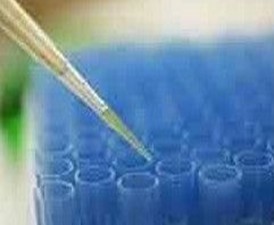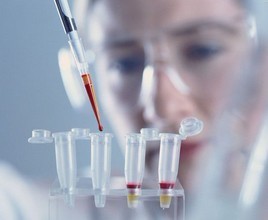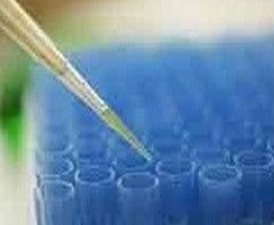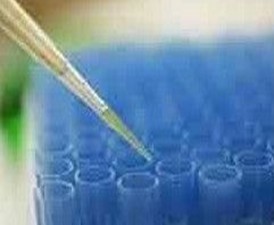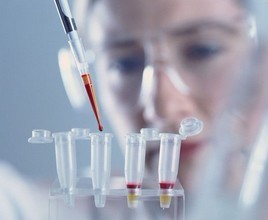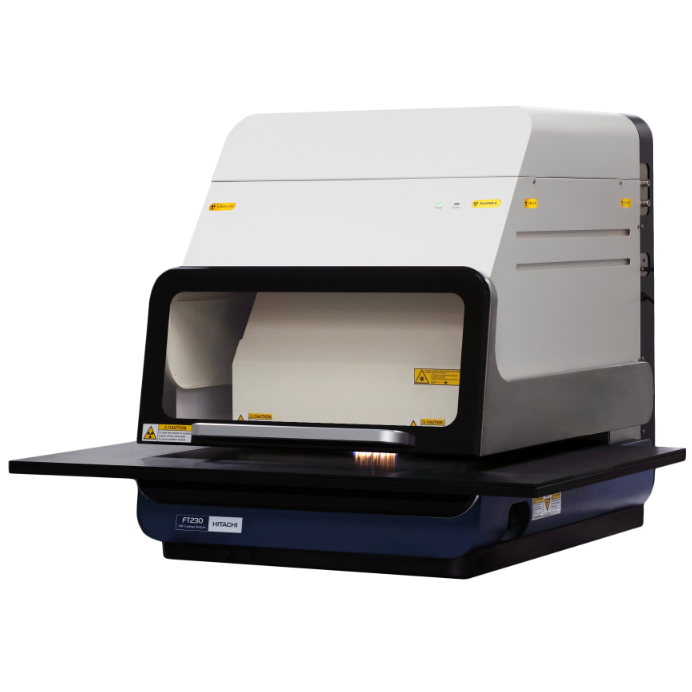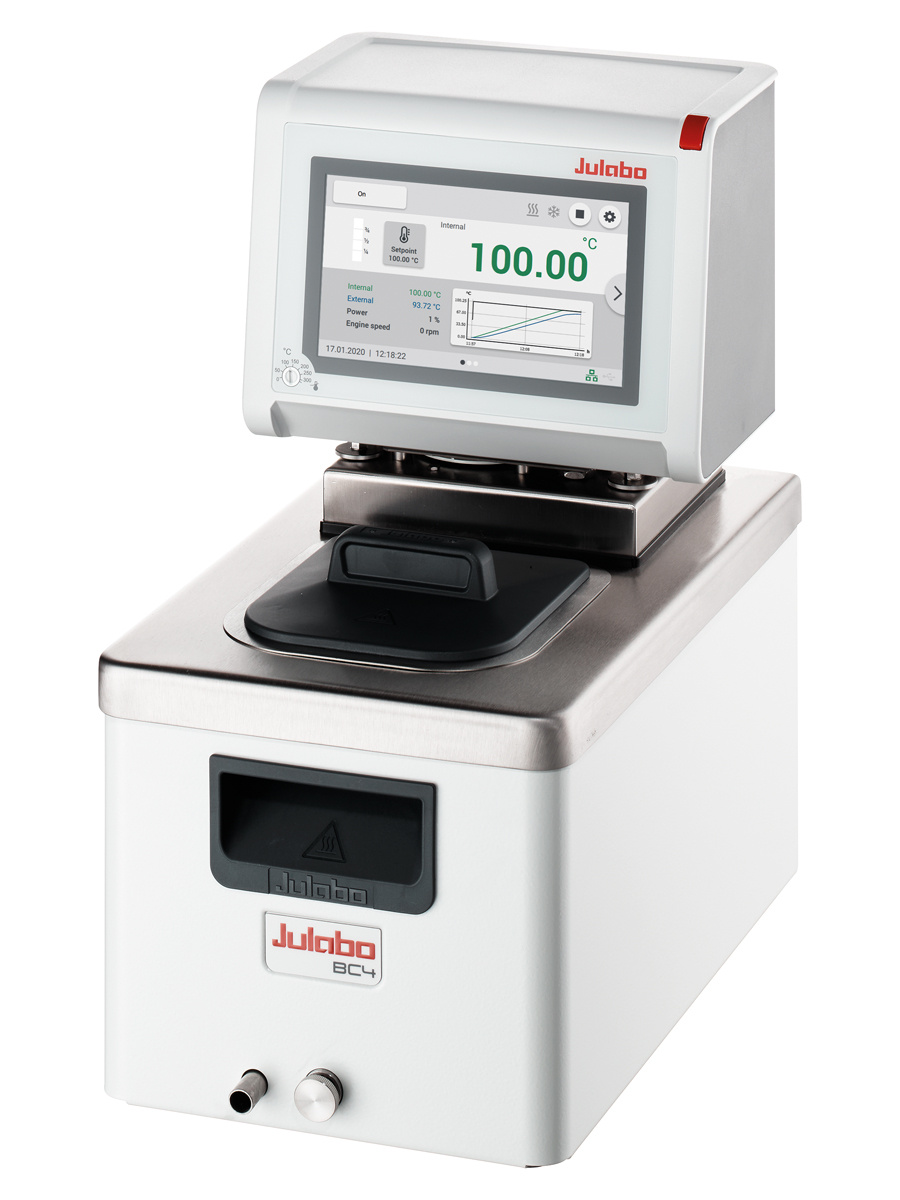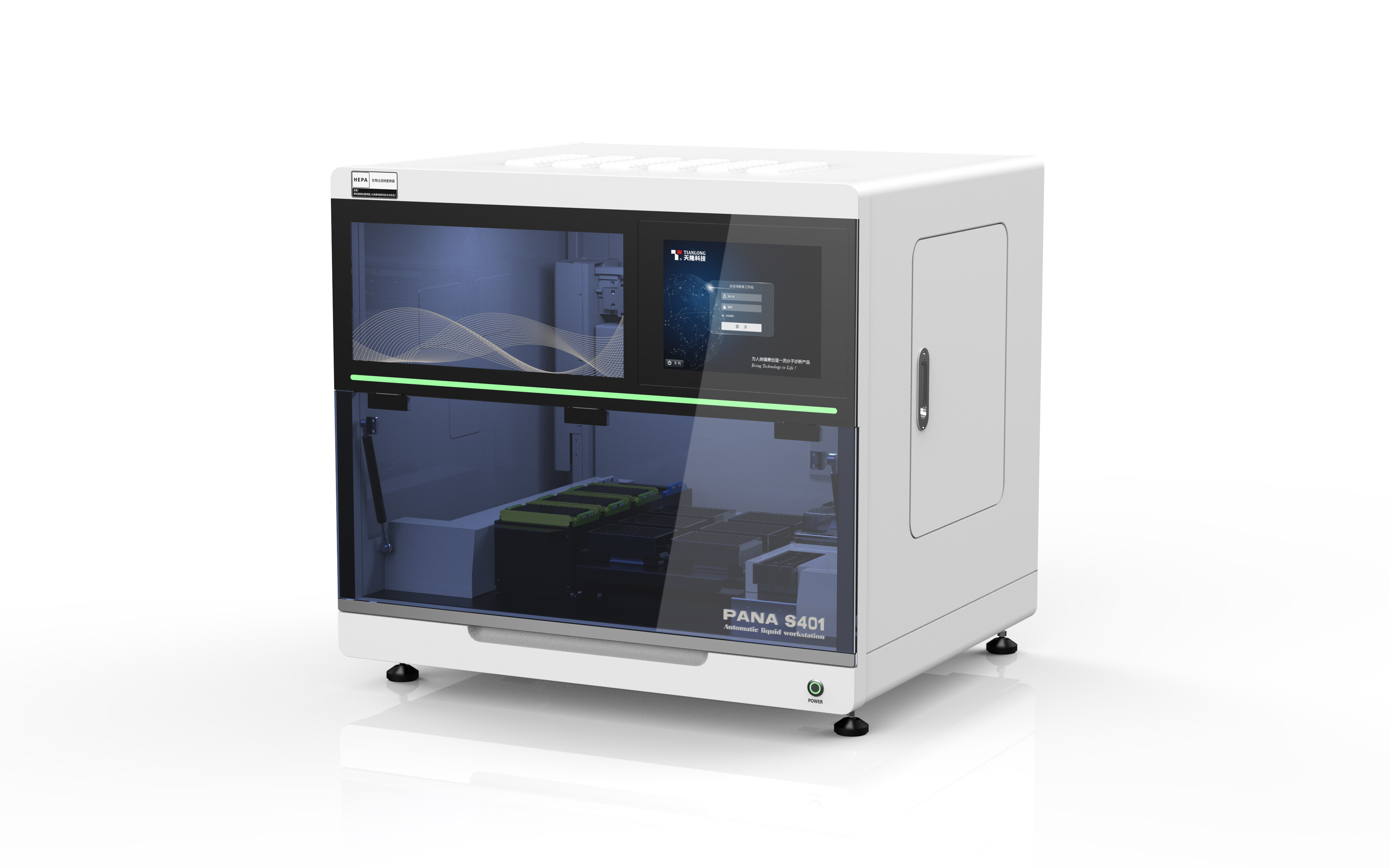我公司供应质优价美的科研产品,蛋白质二硫键异构酶抗体产品质量保证,提供蛋白质二硫键异构酶抗体技术支持,有任何质量问题可免费包退包换,欢迎来电咨询!我们将竭诚为您服务!
英文名称 Anti-PDIA2/PDI
中文名称 蛋白质二硫键异构酶抗体
别 名 Pancreatic protein disulfide isomerase; PDA2; PDI; PDIA2; PDIP; Protein disulfide isomerase A2; Protein disulfide isomerase; Protein disulfide isomerase family A member 2; PDIA2_HUMAN.
浓 度 1mg/1ml
规 格 0.2ml/200μg
抗体来源 Rabbit
克隆类型 polyclonal
交叉反应 Human, Mouse, Rat
产品类型 一抗
研究领域 肿瘤 细胞生物 免疫学
蛋白分子量 predicted molecular weight: 56kDa
性 状 Lyophilized or Liquid
蛋白质二硫键异构酶抗体的功能抗体的主要功能是与抗原(包括外来的和自身的)相结合,从而有效地清除侵入机体内的微生物、寄生虫等异物,抗体(antibody)是一种应答抗原产生的、可与抗原特异性结合的蛋白质。每种抗体与特定的抗原决定基结合。这种结合可以使抗原失活,也可能无效但有时也会对机体造成病理性损害,如抗核抗体、抗双链DNA抗体、抗甲状腺球蛋白抗体等一些自身抗体的产生,对人体可造成危害。
免 疫 原 KLH conjugated synthetic peptide derived from human PDIA2/PDI
亚 型 IgG
纯化方法 affinity purified by Protein A
储 存 液 0.01M PBS, pH 7.4 with 10 mg/ml BSA and 0.1% Sodium azide
产品应用 WB=1:100-500 ELISA=1:500-1000 IP=1:20-100 IHC-P=1:100-500 IHC-F=1:100-500 IF=1:100-500
(石蜡切片需做抗原修复)
not yet tested in other applications.
optimal dilutions/concentrations should be determined by the end user.
保存条件 Store at -20 °C for one year. Avoid repeated freeze/thaw cycles. The lyophilized antibody is stable at room temperature for at least one month and for greater than a year when kept at -20°C. When reconstituted in sterile pH 7.4 0.01M PBS or diluent of antibody the antibody is stable for at least two weeks at 2-4 °C.
Important Note This product as supplied is intended for research use only, not for use in human, therapeutic or diagnostic applications.
产品介绍 The three dimensional structure of many extracellular proteins is stabilized by the formation of disulphide bonds. Studies suggest that a microsomal enzyme known as Protein Disulphide Isomerase (PDI) is involved in disulphide-bond formation and isomerization, as well as the reduction of disulphide bonds in proteins. PDI, which catalyses disulphide interchange between thiols and protein dilsulphides, has also been referred to as thiol:protein-disulphide oxidoreductase and as glutathione:insulin transhydrogenase because of its role in reduction of disulphide bonds. The highly conserved sequence Lys-Asp-Glu-Leu (KDEL) is present at the carboxy-terminus of PDI and other soluble endoplasmic reticulum (ER) resident proteins including the 78 and 94 kDa glucose regulated proteins (GRP78 and GRP94 respectively). The presence of carboxy-terminal KDEL appears to be necessary for ER retention and appears to be sufficient to reduce the secretion of proteins from the ER. This retention is reported to be mediated by a KDEL receptor.
Function : Acts as an intracellular estrogen-binding protein. May be involved in modulating cellular levels and biological functions of estrogens in the pancreas. May act as a chaperone that inhibits aggregation of misfolded proteins.
Subunit : Monomer; predominantly as monomer under reducing conditions. Homodimer; disulfide-linked. Part of a large chaperone multiprotein complex comprising DNAJB11, HSP90B1, HSPA5, HYOU, PDIA2, PDIA4, PDIA6, PPIB, SDF2L1, UGT1A1 and very small amounts of ERP29, but not, or at very low levels, CALR nor CANX.
Subcellular Location : Endoplasmic reticulum lumen (By similarity).
Tissue Specificity : Highly expressed in pancreas (at protein level).
Post-translational modifications : The disulfide-linked homodimer exhibits an enhanced chaperone activity.
Glycosylated.
蛋白质二硫键异构酶抗体Similarity : Belongs to the protein disulfide isomerase family.
Contains 2 thioredoxin domains.
Database links : UniProtKB/Swiss-Prot: Q13087.2
![]()



